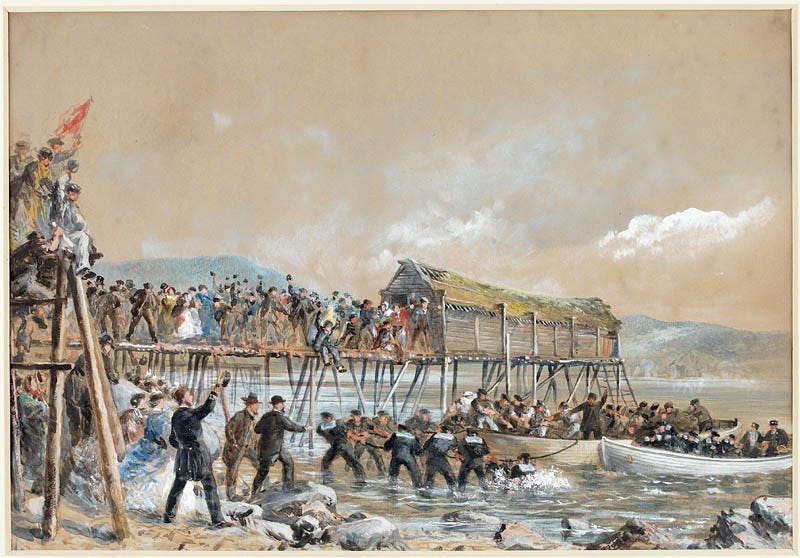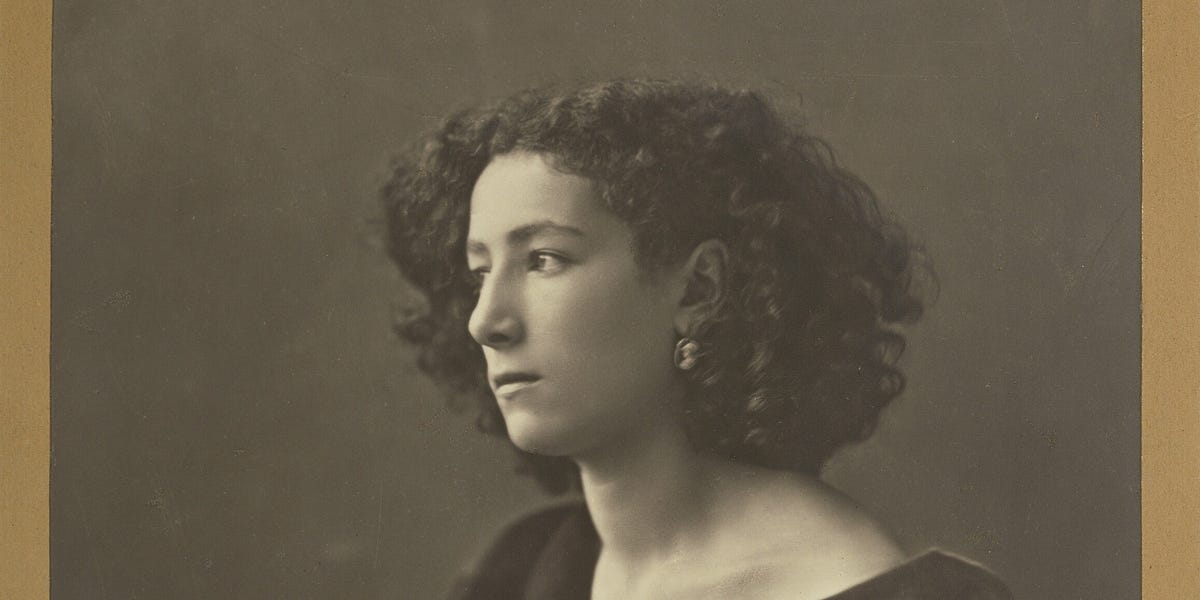The Bloody Cane: Gutta-Percha, the Transatlantic Cable, and Environmental Destruction

The 1856 caning of Senator Charles Sumner by Representative Preston Brooks is a notorious event highlighting the fractured political climate before the American Civil War. Less known is the story of the cane itself, crafted from gutta-percha, a natural rubber from Southeast Asia. This seemingly innocuous material proved crucial to the 19th-century communications revolution, enabling the transatlantic telegraph cable. However, the insatiable demand led to widespread deforestation and environmental devastation, ultimately replaced by synthetic plastics. The story serves as a cautionary tale about the unforeseen consequences of technological advancement and the need for sustainable practices.
Read more








